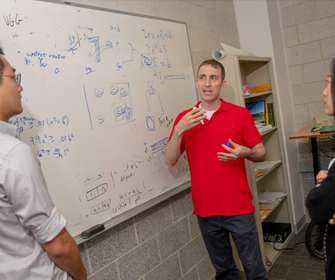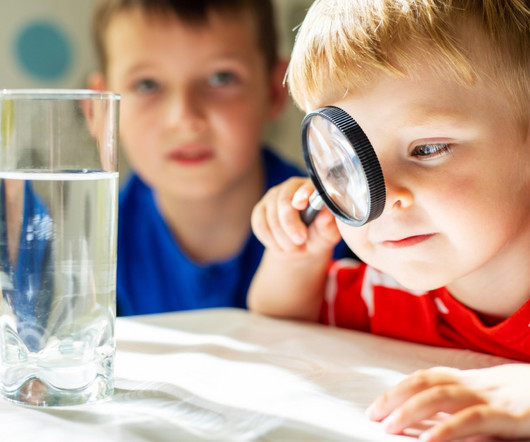AI could help your students collaborate, research says
eSchool News
NOVEMBER 20, 2020
Worcester Polytechnic Institute (WPI) assistant professor of computer science Jacob Whitehill is collaborating with colleagues at the University of Colorado-Boulder (CU Boulder) to explore how artificially intelligent (AI) teaching agents might help encourage more meaningful collaboration among students in school classrooms.












Let's personalize your content